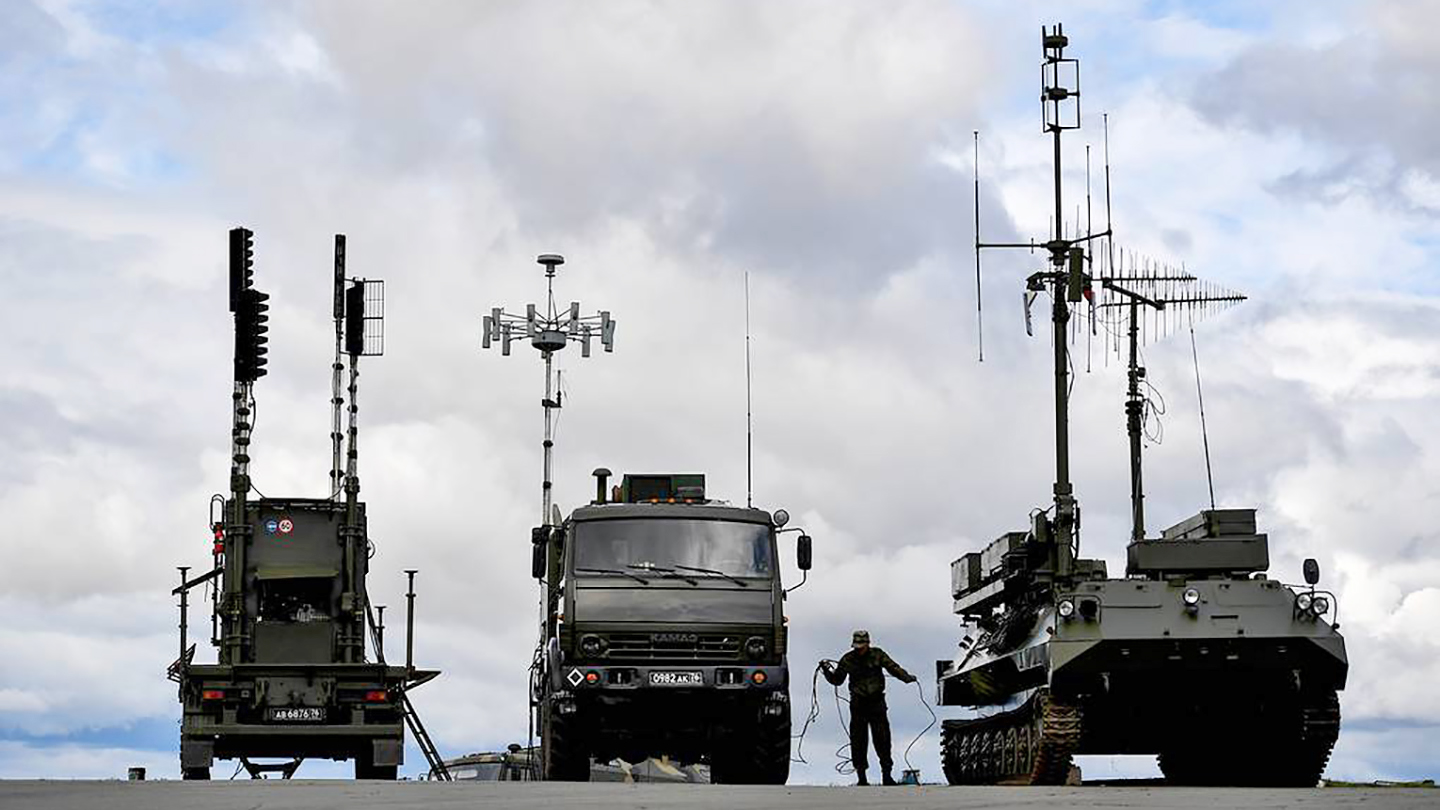Shortly after 6:00 AM Moscow time on February 24, 2022, a dozen Russian Army groups began advancing into Ukraine in a major escalation of the long-running Russo-Ukrainian War. Russian Army electronic warfare (EW) assets were deployed alongside infantry, armor, and artillery. EW plays a prominent role in the Russian Armed Forces, particularly in the army. ‘Attrit a third, jam a third, and the final third will collapse’ is an aphorism attributed to Soviet and Russian Army doctrines. The army deploys an independent EW brigade within each of Russia’s Western, Southern, Central, and Eastern Military Districts. Each of the army’s tactical maneuver formations is believed to have an EW company. Upwards of 30 EW companies may equip the army’s motorized rifle and tank brigades and divisions.
Doctrine
EW is integral to Russian Army efforts to break enemy command and control (C2), and intelligence, surveillance, and reconnaissance (ISR) capabilities. C2 relies on radio and satellite communications (SATCOM). Break these links and the enemy cannot distribute orders and collect situational reports. Army EW also targets hostile ground-based, naval, and airborne radars. Radar plays a key ISR role in detecting and tracking targets. Jam a radar and you can render it useless, depriving the enemy of ISR data. Russian EW also targets hostile GNSS (Global Navigation Satellite System) signals. GNSS jamming can deprive the enemy of position, navigation, and timing information transmitted by satellite constellations like the U.S. Global Positioning System (GPS).
Official Russian Ministry of Defense video showing the Murmansk-BN long-range communications jamming system during training in the Arctic:

Civilian targets of use to the military are also targets for Russian EW systems. These include civilian cellphone networks and conventional telecommunications. Networks may be jammed or used as the conduits for false or demoralizing text messages sent to cellphones belonging to troops or civilians alike. Clearly, Russian Army EW capabilities are vital for its wider prosecution of information warfare. EW jamming signals can also carry cyberattacks. Rather than blasting a radio or radar with interference, a jamming signal can convey malicious code. This could find its way into a hostile C2 network via an enemy radio unknowingly receiving the signal and infecting the network.
Russian Army EW companies are expected to provide tactical EW at ranges of up to 50 kilometers (31 miles) across the front line. Meanwhile, EW brigades provide theater-level coverage over hundreds of kilometers. The latter can be widely distributed to help smaller operations that might not need full brigade EW capabilities. It seems that most Russian Army EW systems are designed to be used when stationary. As such, it appears that Russian EW doctrine rests on providing a ‘bubble’ of EW coverage under which the maneuver force can work.
The Russian Army clearly embraces the principles of electromagnetic superiority and supremacy (E2S). ES2 focuses on preserving one’s freedom of maneuver in the electromagnetic spectrum to initially reduce an adversary’s freedom of maneuver, gaining superiority. Electromagnetic superiority is in turn a prerequisite for electromagnetic supremacy. This is when the enemy can no longer meaningfully interfere in one’s own use of the electromagnetic spectrum.
That was then…
For NATO, Russia’s 2022 invasion of Ukraine is an important opportunity to comprehend the effects of a decade’s worth of EW modernization in the Russian Army. The invasion is not the first outing for Russian Army EW since the launch of the ‘New Look’ defense reform in 2008. These reforms saw a major injection of investment to arrest the decline of Russia’s armed forces since the end of the Cold War. EW formed an important part of this modernization.
Ukraine got an early taste of Russian Army EW capabilities back in 2014 during Moscow’s first invasion, when it had serious effects on the Ukrainian Army. EW was used heavily from the start of the conflict. Ukrainian sources argue that Russia’s EW plan was to harness jamming to cause dislocation, to demonstrate presence in specific areas, and to secure E2S.
Russian Army units initially used EW to attack Ukrainian military communications in theater, cutting them off from the Ukrainian command. This was helped by Russian Spetsnaz special forces units cutting conventional telecommunications. One notorious EW system deployed by the Russian Army was the RB-341V Leer-3 which uses unmanned aerial vehicles (UAVs) to jam cellular networks. It played an important role in jamming cellphones used by Ukrainian troops and civilians. The RB-341V was thought to be used for sending false and demoralizing text messages to Ukrainian troops, and to track their movements. This latter information was translated into targets for Russian artillery.
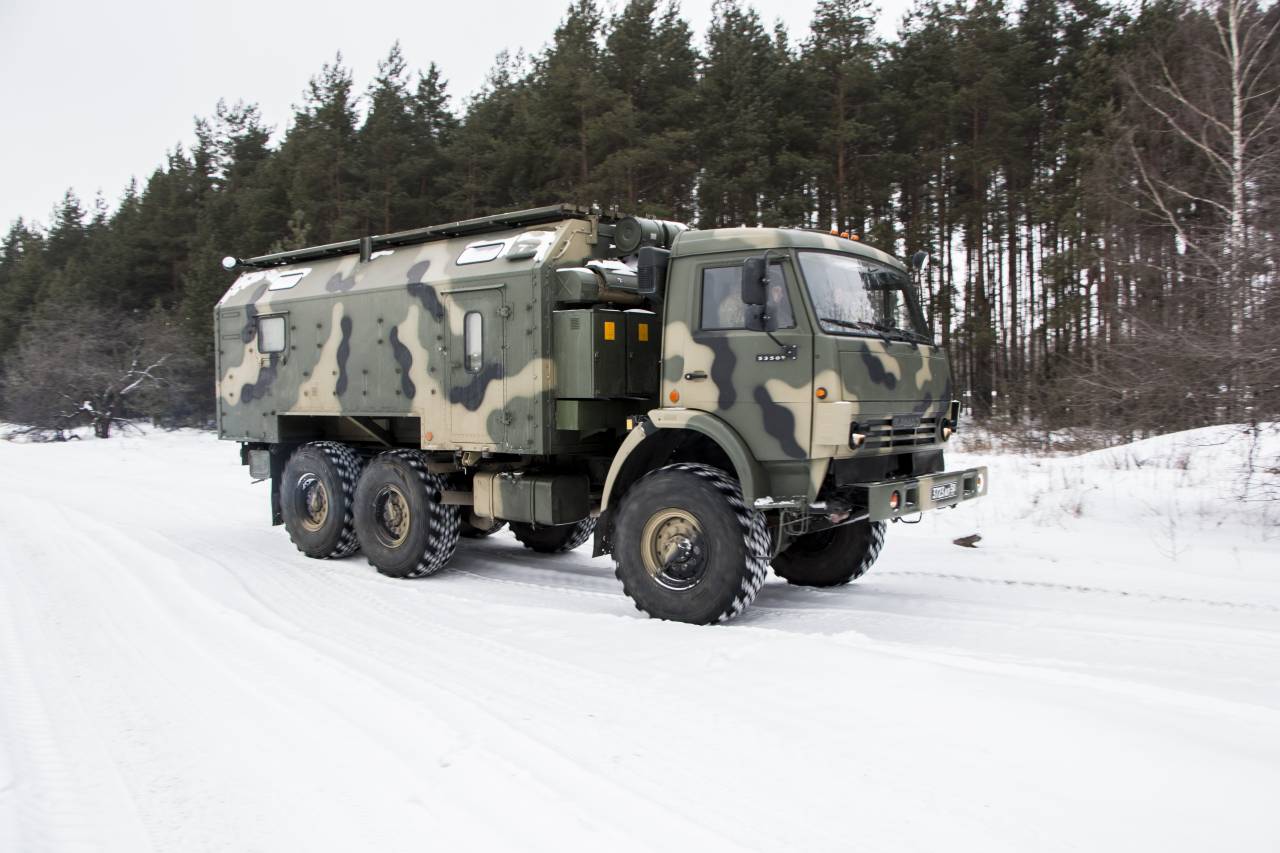
Interestingly, the RB-341V may also have been the mechanism by which malware was loaded into Ukrainian Army’s Android-based artillery fire control systems. Russian Army jamming was also thought responsible for attacking UAVs flown by the Organization for Security and Co-operation in Europe (OSCE). These drones were tasked with monitoring ceasefire arrangements. Other missions for Russian Army EW units in Ukraine included attacking Ukrainian military communications and radio frequency (RF) activated ordnance fuses. Russian EW units were agile, regularly changing their location to avoid retaliatory fire. In short, Russian Army EW proved itself to be a potent capability during Russia’s initial forays into Ukraine.
…this is now
At this stage in the conflict, a definitive analysis of Russian Army EW employment during the latest invasion of Ukraine is fraught with risk. Available information is fragmentary. It may well be biased and is impossible to independently verify. Nonetheless, some broad observations can be made courtesy of trustworthy information in the public domain.
The Russian Army employed EW from the start of the conflict on February 24 until the end of its first phase when the Russian government withdrew its forces surrounding Kyiv on April 7. As noted in this analysis of that first phase of the war, EW was used heavily in support of these opening stages. Initially, EW assisted Russian efforts against the Ukrainian Air Force’s integrated air defense system. This included jamming Ukrainian radars and radio communications in support of the Russian airborne operation at Hostomel Airport, around six miles northwest of Kyiv. Capturing the airfield was imperative for ferrying in troops and equipment to help Russia’s advance on Kyiv. While Russian forces did capture the airfield, it was vacated in late March as the strategic focus of the war switched from Kyiv to eastern Ukraine.
Interestingly, it seems that Russian airborne units began discussing their plans for the airport’s capture using clear (unencrypted) radio days before the assault took place. Such intelligence was clearly valuable to Ukrainian forces. This underscores the lack of emissions control (EMCON) by Russian troops witnessed throughout the war and possibly represents the Russian Army’s first major EW failure in the conflict.
Russian Army EW efforts were similarly energetic at the tactical level from the start of the invasion. An article in the Small Wars Journal said it was “vicious and effective at the beginning of the Battle for Kyiv.” Where Russian EW was effective, particularly against Ukrainian military communications, old-style methods like runners and dispatch riders came back to the fore. These were tactics anticipated on the eve of the conflict. Likewise, Ukrainian Army training before the invasion emphasized that Russian Army EW would be working hard and that the force would have to fight in a severely contested electromagnetic spectrum. The Russian Army also suffered EW ‘friendly fire’ when trying to jam Ukrainian Army communications. This could be another reason for the lack of Russian Army EMCON. Russian jamming efforts were also hindered by the Ukrainian Army’s use of U.S.-supplied SINCGARS radios. Shorthand for Single-Channel Ground and Airborne Radio System, SINCGARS radios have been remarkably resistant to Russian jamming.
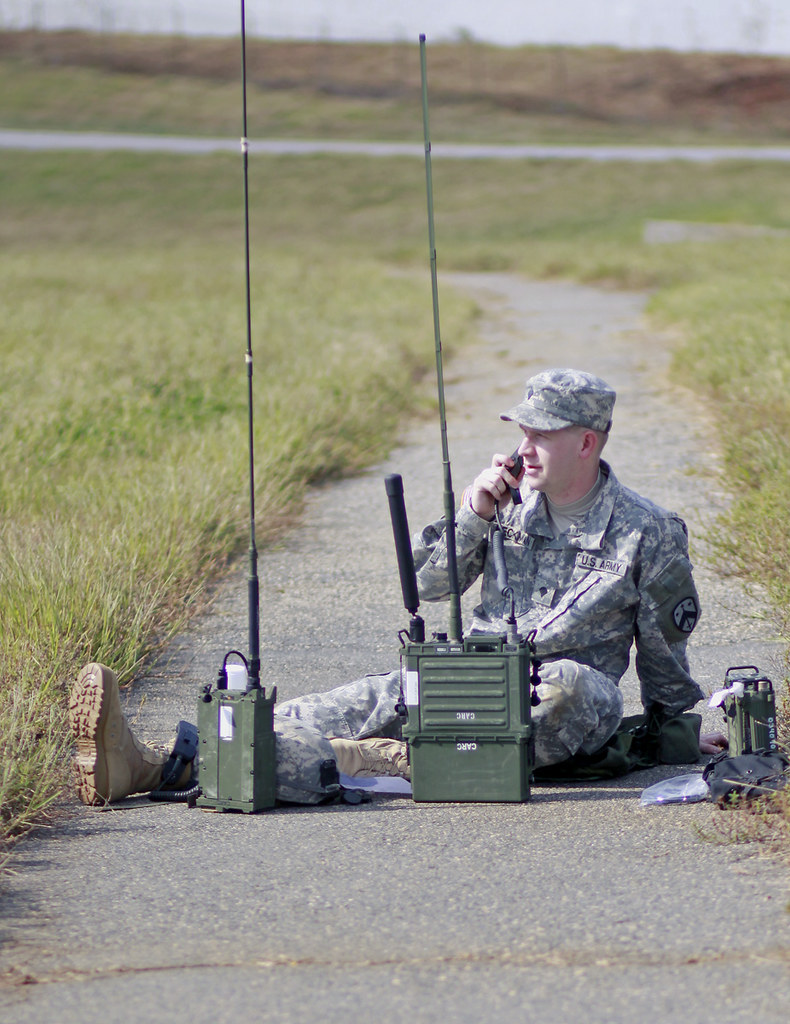
Elsewhere in the spectrum
Russian EW efforts were not confined to Ukrainian Army and Ukrainian Air Force radar and radio communications in the first phase of the conflict. Russian Army systems capable of attacking GNSS signals like the R-330Zh Zhitel also supported the invasion. On March 4, the RF data analytics company Hawkeye 360 revealed GNSS interference it had documented in Ukraine. The company had recorded GNSS interference from parts of eastern Ukraine controlled by pro-Russian cadres since November 2021.
GNSS interference continued into February 2022 when further jamming was detected emanating from Ukraine’s border with Belarus. The company also documented GNSS jamming near the Chornobyl nuclear plant, northern Ukraine, as the war got underway. Chornobyl was captured by the Russians on the first day of the invasion. While GNSS jamming was a concern, it appears to have been mostly localized and not caused larger outages across the country. The relative ease with which Ukrainian forces have deployed UAVs like the TB2 Bayraktar indicates that GNSS jamming may have been desultory. Most UAVs rely on GNSS for navigation. It is also possible that Russian GNSS jamming has been unable to affect encrypted military-grade ‘M-Code’ GPS signals.
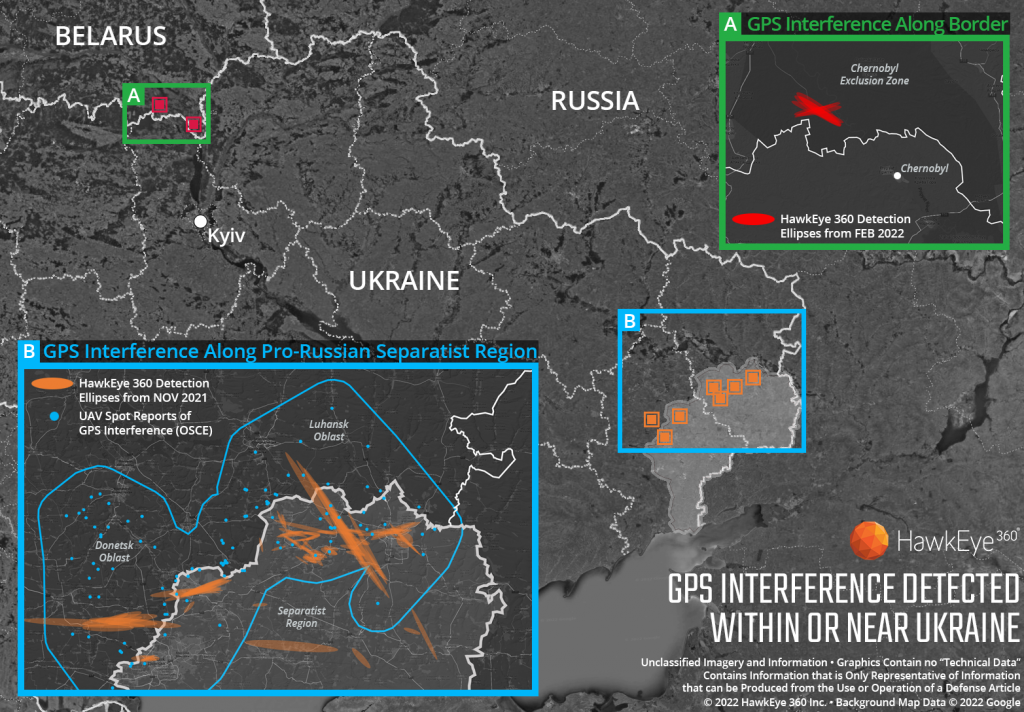
A similar trend was observed regarding cellphone coverage. During Russia’s invasion of 2014, the army’s RB-314 Leer-3 system had proved particularly effective at jamming and exploiting cellphone networks. Localized cellular network jamming seems to have been experienced during phase one of the conflict. Social media posts reported cellphone jamming concentrated in the Donbas and Crimea regions. But it’s possible that Ukrainian cellphone networks may have been left largely untouched for several reasons. Firstly, the Russian Army may rely on these networks for communications. The deployment of Russia’s encrypted ERA cellular network is thought to have been a failure. This may have resulted from Russian forces physically targeting parts of the Ukrainian cellphone network. Secondly, the Leer-3 may be effective at jamming a local cellphone network, but the Russian Armed Forces may lack sufficient systems to target Ukrainian cellular coverage nationally.
SATCOM has come under attack in the Ukraine theater of operations, although primarily via cyberattack as opposed to Russian Army EW. In fact, regular live news broadcasts from Ukraine to media outlets around the world indicate that SATCOM seems largely unaffected.
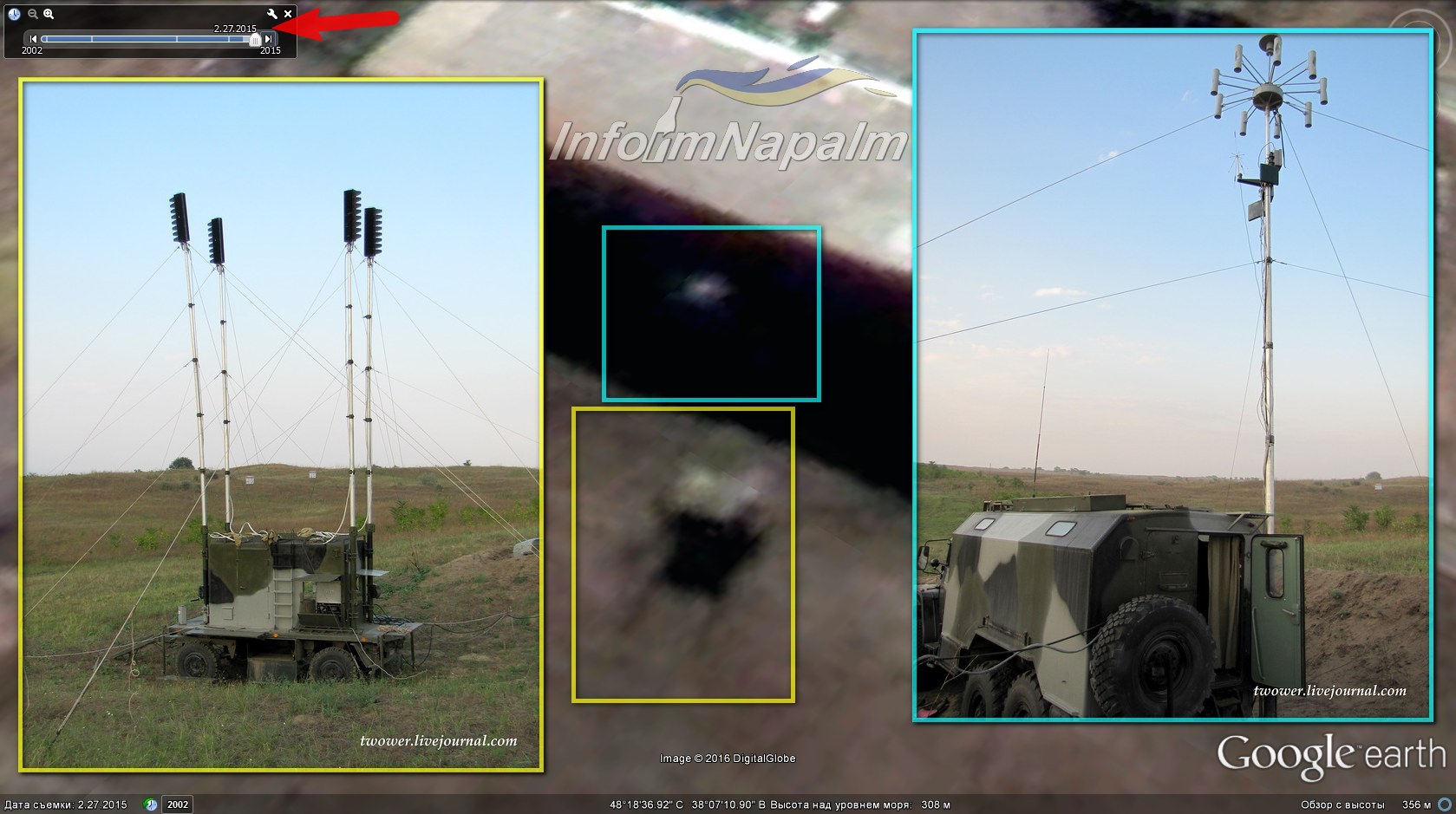
Several Russian Army EW systems may be able to attack SATCOM signals, including the Leer-3, Zhitel, and the RP-377L/LA Lorandit, to name just three. However, it appears the Russian Armed Forces have instead performed cyberattacks against satellite communications in Ukraine. Private sector SATCOM firm Viasat revealed a cyberattack experienced by its KA-SAT network at the start of the war. The company said this affected users in Ukraine and around Europe. It is thought this attack was aimed at the use of the KA-SAT network by the Ukrainian military. Similarly, SpaceX’s Starlink SATCOM terminals were targeted by Russian cyberattacks. SpaceX’s founder and chief executive officer Elon Musk famously ordered the distribution of thousands of Starlink terminals to provide broadband SATCOM coverage across Ukraine. In both cases, these cyberattacks were ameliorated relatively quickly via software fixes.
What next?
Russian Army EW efforts have accompanied the first phase of the war but have perhaps not been as determined or widespread as initially feared. It is impossible to give definitive reasons as to why this may be the case. The Ukrainian Army seems to have learned valuable lessons from the 2014 invasion. It is relying less on the electromagnetic spectrum and understands this spectrum will be contested. Questions must also be asked as to the extent Russian Army EW equipment is fit for its purpose. It proved effective against the Ukrainian Army in the wake of Russia’s first invasion, back in 2014. However, it may simply not be as capable against the vastly improved force the Ukrainian Army has become in the intervening years. Logistical problems may have held up components or replacement parts for damaged or unserviceable Russian Army EW systems. Perhaps Russian Army EW personnel training is inadequate for the kind of war the country now finds itself in.
Are Russian Army EW C2 systems fit for purpose? Perhaps not. An article in the Russian journal Military Thought published in early May highlighted concerns: “Currently, the control system for electronic warfare troops does not fully meet the real needs of the electronic warfare troops and the armed forces as a whole.” These EW C2 systems have “a number of systemic and technological shortcomings.” Likewise, analysis observed that road congestion prevented the army from moving EW units forward to support maneuver formations during the drive towards Kyiv.
Shortly after the invasion, an anonymous U.S. defense official said that “we don’t believe that the Russians have employed the full scope of their electronic warfare capabilities and it’s not exactly clear why.” Will this situation persist in this new phase of the war? Initial assessments hint that the Russian Army has upped its EW game. A report published by the Washington Post in early June warned that levels of EW recently witnessed in eastern Ukraine have been intense. Of particular concern is the effect that this might have on Ukrainian UAV operations. Canadian UAV firm Volatus Aerospace stated in a press release in late May that Russian jamming was having a negative effect on small drones. This might be because these aircraft lack encrypted radio or GNSS links which could help preserve them from electronic attack. Likewise, a report published by Associated Press in early June warned of an upsurge in Russian jamming. This has been blamed on shorter and more secure supply lines which let the army move EW units closer to the action.
It is impossible to say what effect this will have on Ukrainian forces as the war drags on into this new phase. Should Russia definitively capture and sustain E2S in Ukraine, this would be a major setback for Ukraine. It would be unlikely to unilaterally precipitate an outright Russian victory whatever that may look like. However, it is hard to see how Ukrainian forces could challenge Russia’s invasion unless they can challenge Russian Army efforts to own the spectrum.
NATO and allied nations must not misread the battle. Russian Army EW may have seemed lackluster in the first phase of the war, but this may change as the conflict enters a new dimension. Complacency for either NATO, its allies, or Ukraine is not an option.
Dr. Thomas Withington is an award-winning analyst and writer specializing in electronic warfare, radar, and military communications.
Contact the editor: Tyler@thedrive.com
